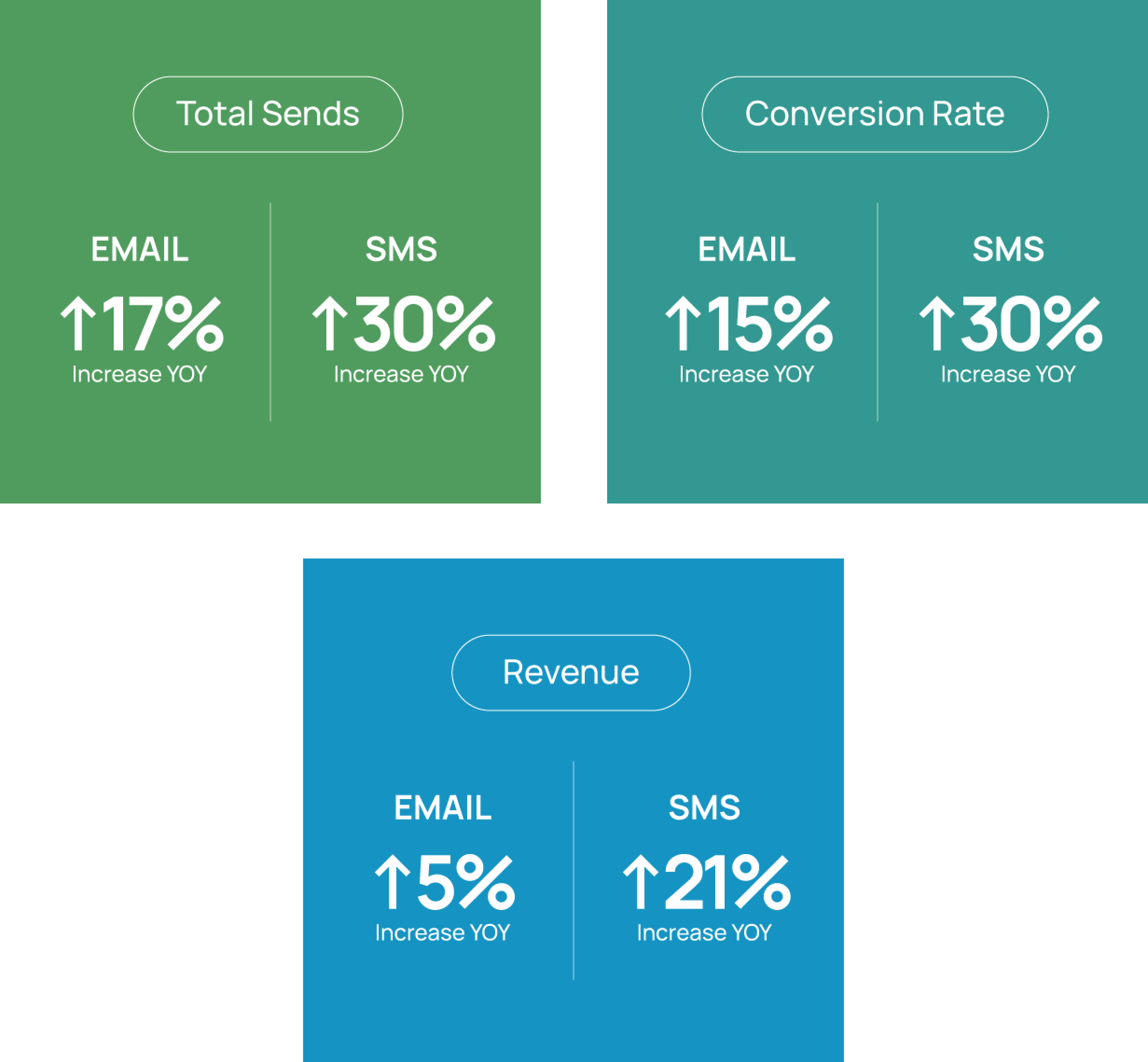Good Design is Accessible Design


In today's world, it's essential for designers and developers to prioritize accessible design in their work. They must be mindful of the diverse range of disabilities, including visual, physical, and cognitive disabilities, and ensure that their designs and code are inclusive and accessible to everyone.
Unfortunately, people with disabilities are often viewed with legal and compliance lenses rather than a targeted user group. By approaching designs and user research with an inclusive mindset, these users are accounted for earlier on and businesses can avoid costly fixes to accessibility-related errors and bugs and create a better experience for all. Thinking of developing an app for accessibility? PixelForce could provide the perfect solution for your needs!
Accessibility refers to the process of designing websites, marketing items, and products in a way that makes them usable for all individuals.
Why Does Accessibility Matter for Marketers?
- The World Health Organization (WHO) estimates over 2.2 billion people have visual impairments, 36 million of which are considered blind.
- Approximately 4.4 million people in the US use a screen reader.
- Color blindness affects approximately every 1 in 12 men (8%) and 1 in 200 women (0.5%).
- An estimated 15% of people have dyslexia. That means over 30 million adults in the United States and about 6 million adults in the United Kingdom have trouble reading.
- Cognitive disabilities affect 4.8% of people in the United States.
- 74% of people ages 50-64 have smartphones, with people over 50 spending nearly $7 billion annually.
- Situational disabilities—like a broken arm or occupied hands—also contribute to people’s ability to use email and technology.
- 9.5% of people aged 18-65 have a disability, but most companies only employ 2-4%.
- There are one billion users of software with disabilities, amounting to 8 trillion dollars of revenue.
- By fixing a 50-60 second repetitive task of a disabled person, you could save them 24 hours a year (3 FTE days)!
Defining Disability
A disability is "a physical or mental condition that limits a person's movements, senses, or activities."
There are three classifications of disability:
Situational
Barriers due to momentary situations like holding a child or pet in one arm while using your phone one-handed or turning on subtitles while watching a video at a loud party.
Temporary
Barriers are due to a finite period, such as a broken arm in a cast.
Permanent
Barriers that are permanently in place include only having one arm or being legally blind.
Two big questions you want to ask yourself when thinking about accessibility:
- Does assistive technology work with the piece as designed?
- Are there barriers to informed decision-making and access or understanding?
Compliance Overview
The Web Content Accessibility Guidelines (WCAG) oversee accessibility compliance. The current version is WCAG 2.2, published October 5, 2023.
There are three levels of compliance, all of which include needs and requirements for solutions that are Perceivable, Operable, Understandable, and Robust.
Level A - Essential
Level A Compliance is the lowest level for accessibility. Assistive Technology can read, understand, and operate within the page or email.
This includes:
- Alt tags and live text to assist screen readers
Level AA - Ideal
Level AA Compliance is the standard level of accessibility. Listrak aims to be AA-compliant with our solutions.
This includes:
- Alt tags and live text to assist screen readers
- Contrast ratio of text to background of 4.5:1 or highersome text
- Use a tester like Colour Contrast Analyzer (CCA) or design software plugins specializing in accessibility.
- Use a font size of 16px or higher for paragraphs.
- Line-height should be 1.5x the font size.
- Design is verified in colorblindness check with a tool like Coblis.
Level AAA - Specialized
Level AAA Compliance is the highest and strictest available compliance. It is required for four industries: Healthcare, Finance, Government and Hospitality. This is also often used for specialized audiences, such as brands catering to those with permanent disabilities.
This includes:
- Alt tags and live text to assist screen readers
- Contrast ratio of text to background of 7:1 or higher
- Use a font size of 16px or higher for paragraphs
- Line-height should be 1.5x the font size
- Design is verified in a colorblindness check
Accessibility and Your Business Success
In addition to compliance concerns, being accessible can:
- Build brand affinity by being an inclusive company
- Extend your market reach
- Lower your legal risk: 95% of lawsuits regarding accessibility are won
- Obtain and keep employees with disabilities
Inclusive Design
An excellent mindset for creating beautiful and accessible designs is Microsoft's "Inclusive Design" concept. Inclusive design is more than just making an everyday design work on a screen reader. It is a mentality of ensuring that everyone can equally use, digest, and enjoy your designs regardless of physical or mental capabilities. Inclusive design is also mindful of diversity in race, gender, sexuality, age, and religion.
Follow us on social media to learn more about design best practices for maximizing the opens, reads, clicks, and conversions of your cross-channel messages.
















.svg)
































.png)

